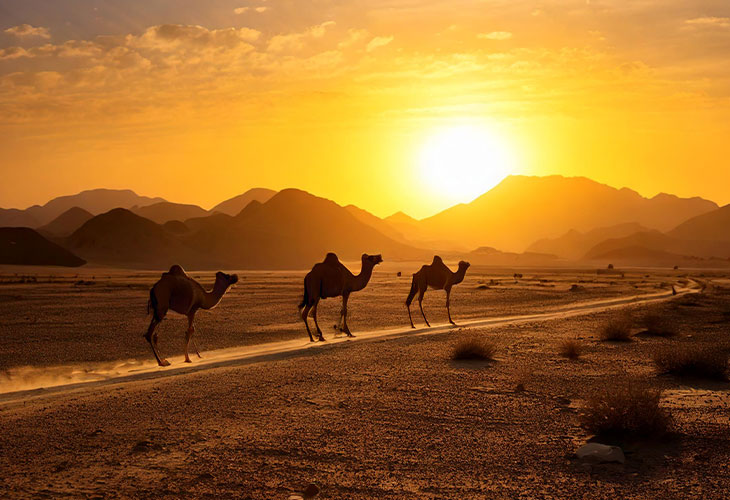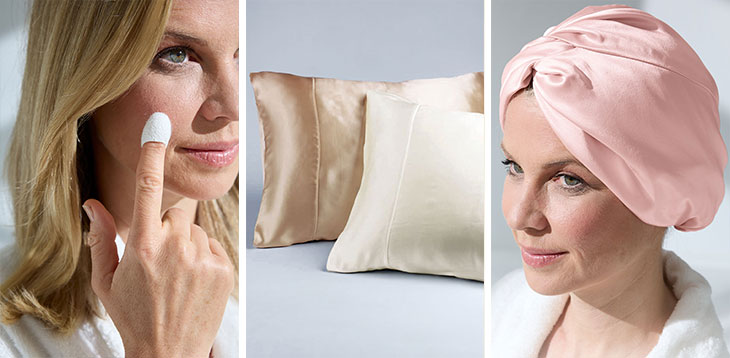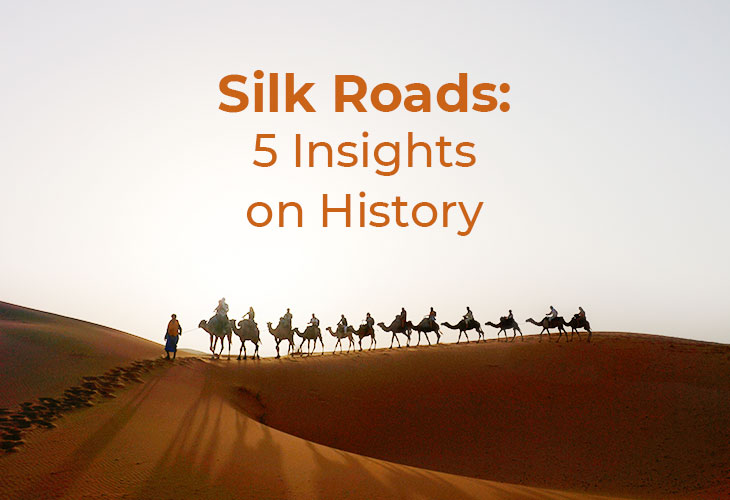Is History Slipping Through Your Fingers?
When we think of the Silk Roads, we often imagine romanticised scenes of camel caravans and bustling markets.
But could we be missing the bigger picture?
These trade routes were more than just pathways for goods—they were highways for ideas, cultures and even revolutions. It’s a reminder that what we wear, how we live, and even the world we know today are woven with stories that span continents.
What Were the Silk Roads, Really?
The Silk Roads were not a single route.
They were an intricate web of trade networks connecting Asia, Africa, and Europe. Imagine a sprawling network stretching from China to Britain, linking diverse cultures and communities.

Did you know these routes were in use for millennia?
The British Museum’s new exhibition delves into a defining period, AD 500 to 1000, when connectivity across continents reached new heights. The exhibition showcases objects from around the world, including Tang dynasty ceramics sent to the Middle East and Indian gems discovered in Suffolk. It illustrates the deep interconnectedness of these regions.
The Silk Roads came to an end in AD 1453 when the Ottoman Empire of Turkey conquered Constantinople, drove out its Roman occupiers, and stopped trading with the West. It’s fascinating to think about how the Silk garments we wear today are part of this extensive trade.
The Hidden History of the Silk Roads
This isn’t the story we learned in school.
One of the exhibition’s most astonishing features is the inclusion of artefacts from Central Asia, which have never been seen in the UK before. These treasures—from Uzbekistan and Tajikistan—shine a light on how Central Asia played a vital role in these trade routes.
Who would have thought that a small smuggling operation by an Englishman named Willibald, or the clever Silk farming secrets passed down by a Chinese princess, could influence how we dress even today?
Silk: A Fabric of Wealth, Power, and Connection
Silk wasn’t just a luxurious fabric. It was money.
As we discussed in Silk Used As Money, this soft material became as valuable as gold in ancient times. Imagine trading a bolt of Silk for spices, jewels, or even influence.
It’s mind-blowing to think that something that was once used as currency is now a part of our wardrobe. And it’s no surprise that Silk is one of the most expensive fabrics in the world nowadays.

(Left to right) CRS Ribbed Silk Jumper, FSMS Pure Silk Shirt, NGT Pure Silk Gilet

(Left to right) CCON Silk Cocoons, SPP Pure Silk Pillowcases, NTBN Pure Silk Turban
A Lesson from the Silk Roads
What do the Silk Roads teach us?
Connection is power.
The ancient world thrived on these connections, and we can learn from this today. At Patra, we believe in fostering that same connection between quality and craftsmanship. Our Silk isn’t just a product—it’s a part of our history as a brand. We carefully select high-quality silk for all our garments and ensure its premium sourcing.
Don’t Miss the Opportunity to Explore
To explore the Silk Roads further, visit the unique exhibition at the British Museum, which will run from September 26, 2024, to February 23, 2025.
It is more than just a display of objects—it’s a journey through time, illustrating how the Silk Roads shaped our world. And a reminder of how interconnected we truly are and how fabrics like Silk were once at the heart of it all.

